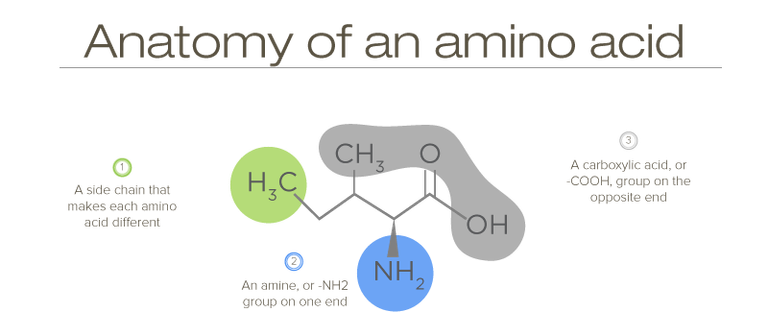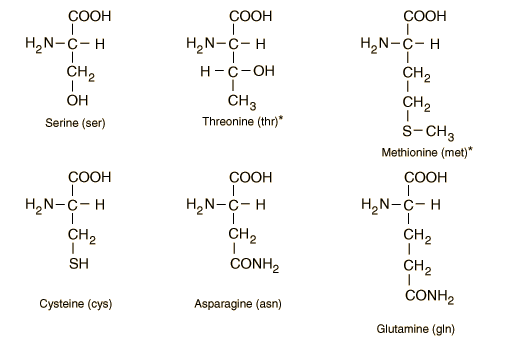US scientists have found a new way to make non-natural amino acids are widely used as a component of the drug and chiral catalysts. These researchers are examples of more economical and eco-friendly methods for synthesizing these amino acids. Alpha-amino acids are the building blocks of proteins and applications that use pure enantiomeric amino acids. Strecker synthesis - the reaction of an imine or imine equivalent to hydrogen cyanide, followed by nitrile hydrolysis - is a standard method for producing alpha-amino acids. It will be difficult, still challenging enough to use this method to produce enantiomers of pure amino acids on a large scale. Now, Stephan Zuend and his colleagues at Eric Jacobsen's Group at Harvard University, Massachusetts, USA, have added an additional method to a milestone. The catalytic asymmetric series procession, and can be scaled up. "The methods that have been developed for these types of amino acids generally use the quantity of stoichiometry from an ordinary and often dangerous cyanide source such as trimethylsilyl cyanide," says Zuend. "Using a small amount of chiral catalyst and by using an economical cyanide source, potassium cyanide, we produce less waste and reduce potential hazards in the process of this chemical process."
Andreas Bommarius, a biocatalyst at the Georgia Institute of Technology, in Atlanta, USA, believes the study is a major advance. "This invention provides a catalytic process that is practical and scalable." Zuend reported the team of researchers in the Jacobsen group had previously used some of the amino acids for which the latest catalysts were previously very difficult to prepare before this new study. "The implication of this research is that industry can use this method for large-scale because the scale can be improved," said Phil Page, an organic chemist at the University of East Anglia, UK. Will, the known catalytic asymmetric calculation method method known for the new Strecker reaction is performed on a scale of about one gram, but this does not mean method methods that can not be fixed scale as well. "New methods found in laboratories are usually done on a small scale," he added. But still a problem. "One thing to do is to determine the speed that can be done on a kilogram scale or larger, which we can not do in the laboratory."


During my BS zoology, I enjoyed biochemistry the most.